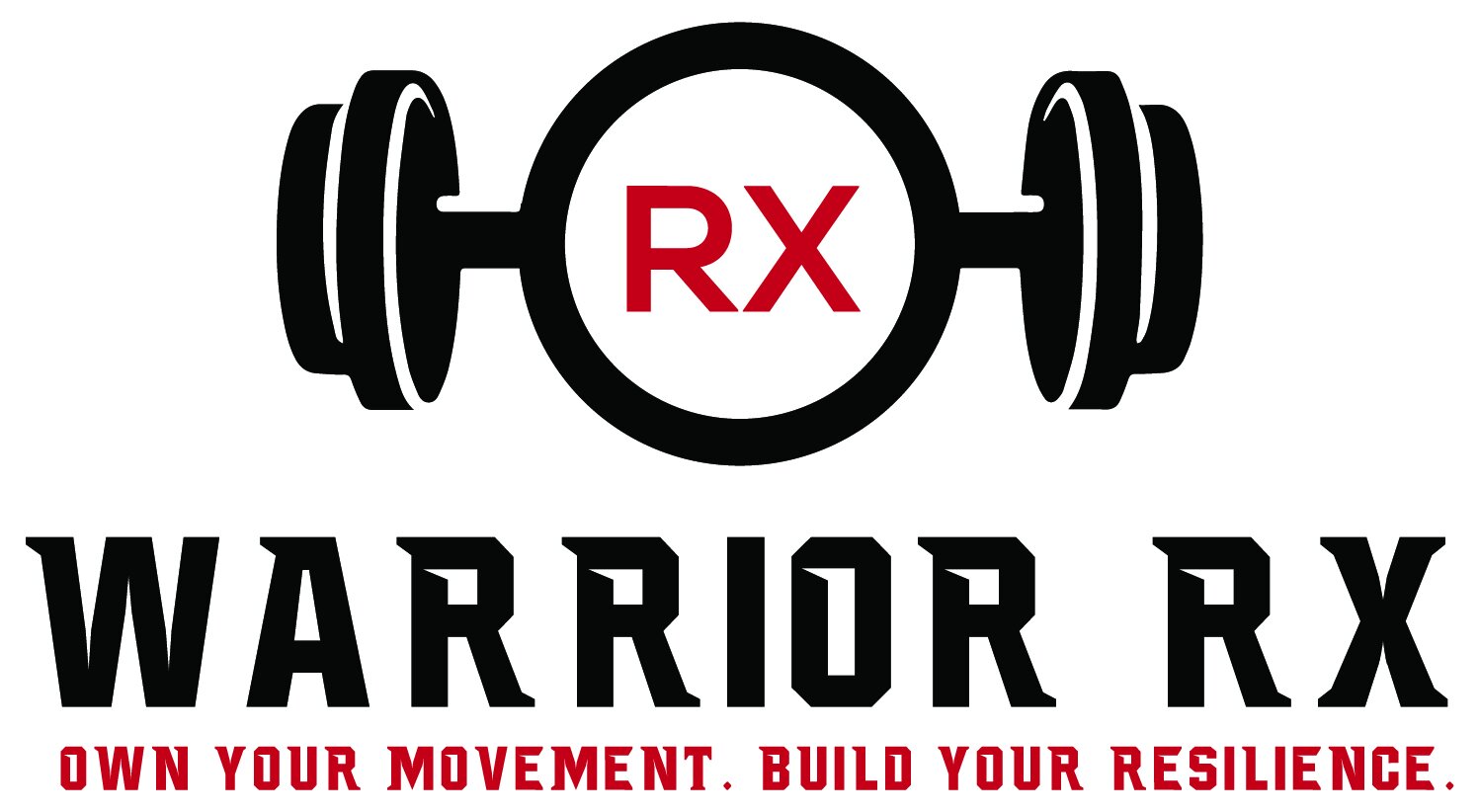The Best Recovery Posture and Drill You’re Not Using.
I get all sorts of questions as a physical therapist about stretching and mobility drills to help with a variety of aches and pains. While each area of the body has its various drills that are useful, one of the best all around drills is 90-90 diaphragmatic breathing.
The 90-90 with diaphragmatic breathing drill is a go to at the end of training or day because it helps shift me from a place of stress to a place of rest and recovery. It restores not only my squatting depth, helps with my overhead movements, but prepares me to get the most out of my sleep.
Why is this drill so simple yet so effective?
The position itself allows you to reset your low back and pelvis posture. Resetting this region will also allow your femurs to drop back into the hip socket and reduce anterior hip tightness. It also puts you in a great posture to practice diaphragmatic breathing. Diaphragmatic breathing aids in rib and thoracic spine mobility, appropriate core activation, as well as, quieting your sympathetic nervous system allowing built in physiological recovery systems to operate and prime you for whatever happens tomorrow.
How to do it?
Lie on your back with your knees and hips each bent to 90 degrees. You can either have your feet on the wall or supported on a box/couch (foam roller between the knees optional)
Curl your pelvis so that your hips are slightly off the floor
Place one hand on your belly and one hand on your chest
Inhale fully with your belly hand moving first, then your chest hand second.
Hold your inhale for 2-3 seconds
Fully exhale over 6-8 seconds imagining pulling your rib cage towards your pelvis
Hang out in the position for a few minutes after your training session to prepare you for the rest of your day. Or spend 5-10 minutes here at the end of the day before bed time to optimize your sleep habit.
As always,
Own your movement, build your resilience.
Warrior Rx
Questions about your specific injury? We’re happy to talk to you about it! Contact us by e-mail to set up a phone call abigailbird@warriorrxtucson.com


